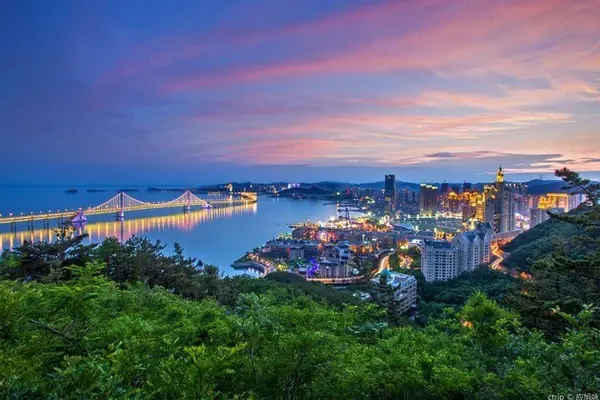introduce
The ancient city of Zhaoyu was built in the Taihe period of Emperor Xiaowen of the Northern Wei Dynasty. It has a history of more than 1,500 years. It is one of the "old" counties among the more than 2,000 counties in my country. During the Ming and Qing Dynasties, due to the development of tea merchants, it was prosperous and prosperous, and it became a trend of "living in the countryside, setting up shops in Zhaoyu, and doing business all over the world". The ancient city of Zhaoyu is slightly longer from east to west (about 850 meters), and slightly shorter from north to south (about 700 meters), forming a rectangle with a circumference of about three kilometers. There is a corner missing in the southeast of the city, and the whole city looks like the gauze hat worn by officials in ancient times, so there is a saying of "gauze cap city". The layout of the entire urban area is centered on the intersection, with four streets in the east, west, south and north intersecting vertically, the south is straight and the north is straight, and the east and west correspond. With the cross as the skeleton, the whole city is supplemented by 28 streets and alleys that run through it vertically and horizontally. Most of these streets and alleys are neat and standardized, parallel to the main street, showing that the overall layout is rigorous, reflecting the traditional architectural design ideology system in ancient my country. Whether it is the shape of the "Shamao City", the urban layout with the south facing the north and the east and west corresponding, the luxuriously decorated, exquisitely painted, and dazzling courtyards, and the two-story street-facing shops with bright pillars and eaves, they still follow the rules and are rigorous. All the temples and pavilions have achieved the unity of function and architectural art, and have a very important position in the history of Chinese architecture and aesthetics. It fully embodies the harmony and unity of the five basic characteristics of the classical landscape city theory "symbiosis, coexistence, common prosperity, common joy, and common elegance", and can be called an ancient city classic. In January 1994, it was approved by the State Council and announced as a national historical and cultural city. In 2011, "Qixian Jinshang Old Street" was rated as "Chinese Historical and Cultural Street". In December 2015, the Chinese Commercial History Society awarded Qixian the title of "Ten Thousand Miles of Tea Ceremony - Capital of Tea Merchants". In March 2019, the State Administration of Cultural Heritage included the "Wanli Tea Ceremony" in the "Preparatory List of World Cultural Heritage in China". At the same time, the 13 existing tea merchant sites in Qixian County have also been included in the "China World Cultural Heritage Preparatory List". The open attractions in Zhaoyu Ancient City Cultural Tourism Area include "Shanxi Merchant Culture Museum (Qu Family Courtyard)", "Qu Benqiao Former Residence", "Wanli Tea Ceremony Museum (Changyuchuan Tea House)" and "Qixian Treasure Museum".
opening hours
08:00-17:00; 8:00-18:00 all year round

